
This is the picture of the south side of the landing point on the far side of the moon taken by Change-4 Probe lander. The patroller will head for the moon surface towards this direction.
The Change-4 Probe successfully launched at 2:23am on December 8, 2018 of Beijing Time has made a successful landing on the far side of the moon at 10:26am on January 3, 2019. In these 10 days, Change-4 Probe has gone through on-orbit flying, orbit trimming, braking at perilune and circumlunar flying. It has sent back the first picture of the far side of the moon taken at a close distance in the world via the “Magpie Bridge” relay satellite. Release of the patroller means the first soft landing and patrol of human beings on the far side of the moon, and is of milestone significance in the course of moon exploration by the mankind.
With the biological test load project (the test load) developed under the lead of Chongqing University carried by Change-4 Probe, a biological growth experiment will be carried out on the far side of the moon. It will be an outer space ecosystem experiment.

The update is that the main and standby cameras of the test load have taken pictures for a second round at about 11:30am on January 5, and have sent 10 pictures back to the earth from the space. The pictures sent by the main camera show all structures in the tank and indicate that the sealing functions well. The first picture sent back by the standby camera shows that the water discharge is successful and temperature control is running well.

A picture of the test load tank
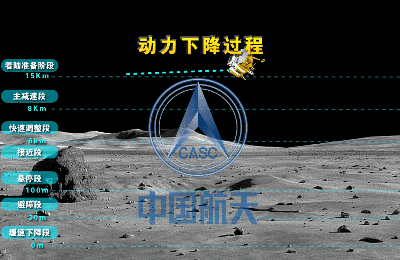
Science dissemination is the most fundamental and important mission of this test load project. Professor Xie Gengxin, deputy director of the Center of Space Exploration, Ministry of Education and president of the Institute of Advanced Technology of Chongqing University, said that the project would reveal the growth and development status of plants and animals under the low gravity, strong radiation and natural lighting conditions of the moon. In addition, the earth and moon mini biosphere comparison experiment will be conducted as well. This comparison experiment involves comparison of growth and development of the same biosphere (enclosed space) under different conditions and natural ground conditions on the earth and the moon respectively (open space).
<Who are the 6 “mysterious passengers?”>
It is reported that the 6 “mysterious passengers” of the test load are potato, oilseed rape, cotton, arabidopsis, drosophila melanogaster and yeast. The plants would generate oxygen and food for other living things to “consume”. The drosophila melanogasters, as consumers, and yeast, as decomposers, would generate carbon dioxide by consuming oxygen for photosynthesis of plants. In addition, the yeast can decompose the waste of plants and drosophila melanogasters and grow, and can also serve as food of drosophila melanogasters. With this circle, a mini biosphere comprising producers, consumers and decomposers is formed. The biological module development and preparation have been undertaken by the Space Biology Research Team, the School of Life Science of Chongqing University.
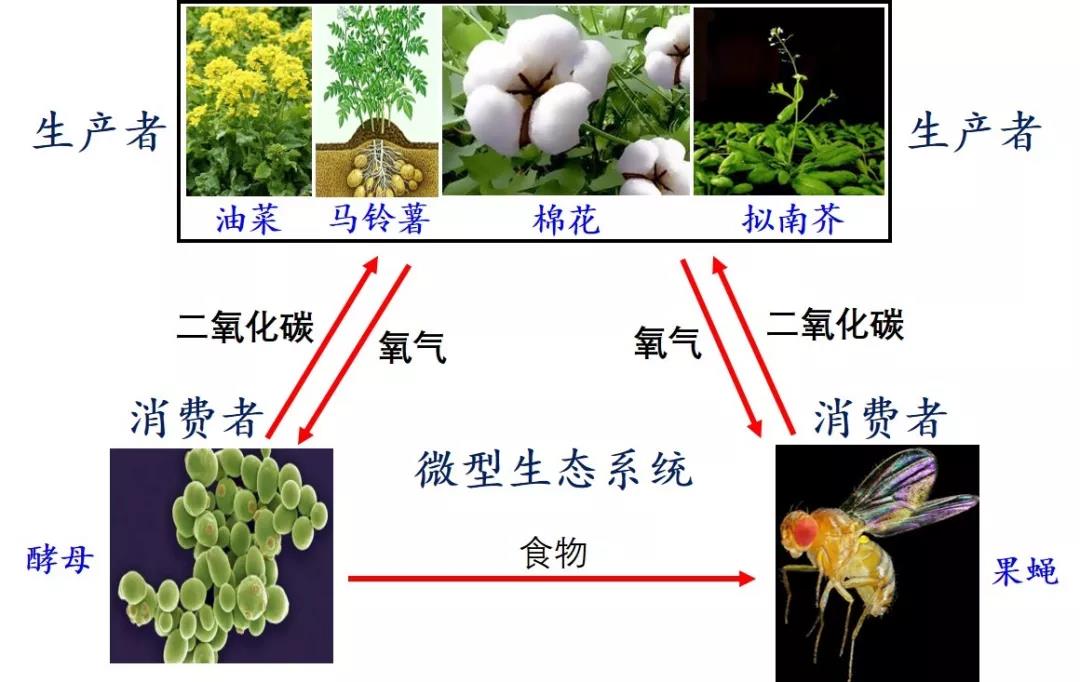
Stringent requirements have been followed for selection of species included in the test load. As the resources in the “tank” are quite sparse, there is not much space for animals and plants in it. The first criterion for selection of “passengers” is that they have to be “small in size”. Secondly, considering the low gravity, strong radiation and noticeable temperature difference on the moon, the animals and plants selected must be able to withstand high temperature and low temperature, and be resistant to radiation and interference.
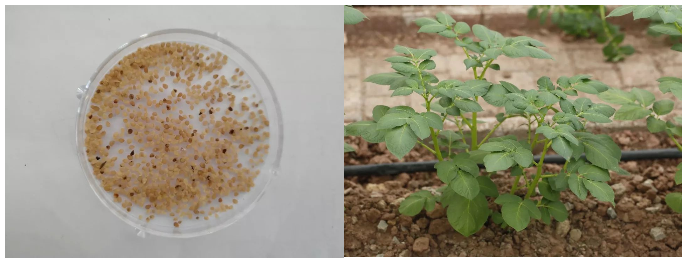
Seeds/adults of potatoes
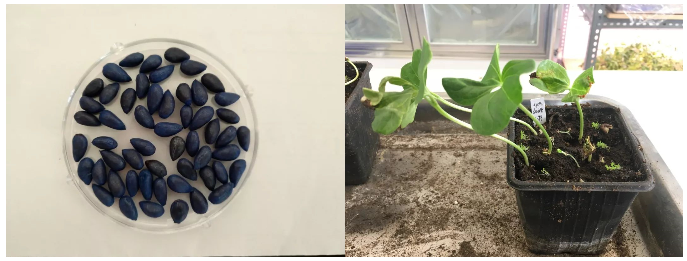
Cotton seeds/germination of cotton seeds

Seeds/adults of arabidopsis
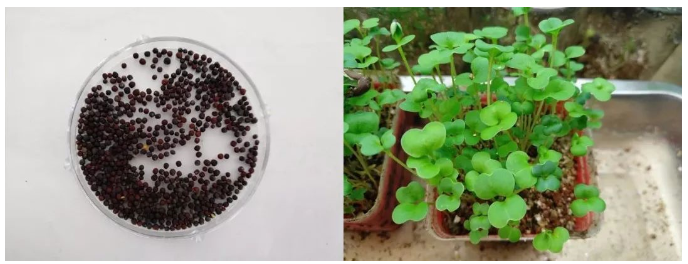
Rape seeds/germination of rape seeds

A group photo of the research team before delivery of the test load
Chongqing University has undertaken a number of national tasks including the overall scheme design of special vehicles, in situ utilization of resources on the Mars and Elevators to Space in collaboration with aerospace research institutions, with Center of Space Exploration, Ministry of Education as the platform. Disciplines involved include machinery, biology, environment, aerospace, and automatic control.
It is reported that the “biological science dissemination test load” project undertaken by Chongqing University defeated nearly 300 competitors in the creative moon probe load design collection campaign, and was selected as one of the load projects at the end of 2016.
